Review: Pantech Perception for Verizon Wireless
May 3, 2013, 1:57 PM by Eric M. Zeman
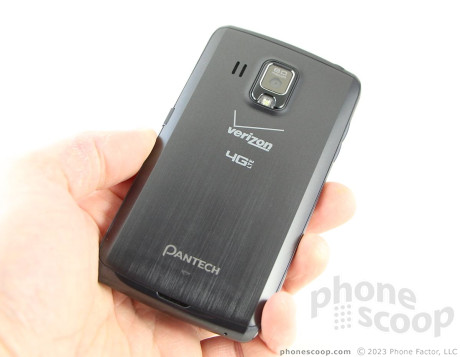
The Pantech Perception is a good mid-range Android smartphone for Verizon Wireless that offers a lot of bang for the buck, including LTE 4G, an HD display, and an 8-megapixel camera.
Form
Is It Your Type?
The Pantech Perception is a solid mid-range device that includes some features offered by more expensive devices, such as an HD screen, 8-megapixel camera, and attractive build. If you're looking for a bargain on a device that outperforms its class, look no further than the Perception.
Body
The Pantech Perception for Verizon Wireless is a slim, slab-style smartphone that has a clean and modern design. Pantech has really upped its design chops recently, with attractive devices such as the Discover for AT&T. The Perception follows in those footsteps and takes Pantech's design cachet a step further.
The Perception is made of glass and plastics, which come in several different colors and textures. The front is solid black. There's a shiny gray band that circles the top, bottom, and side edges. This band is broken up on the sides by a dark chrome slash. The back surface has a brushed metal look to it, but it is obviously not made of metal. It has a conservative look, but in a good way.
The Perception feels solid and well built. The seams are tight, the materials are of good quality, and the phone is put together well. Like most smartphones with large screens, the Perception is wide. That could pose a usability problem for people who have smaller hands, but I didn't mind it. It's a slim phone that will easily slip into most pockets. The weight is perfect.
There is a slight rim that circles the display of the Perception. This rim serves to protect the glass when the Perception is placed on flat surfaces. It also lets your finger know when you've reached the edge of the display, which stretches from edge to edge. There is a slim bezel above and below the screen, but otherwise Pantech did a great job of maximizing the screen space on the front of the phone. The Verizon logo at the top and the Pantech logo at the bottom are both shiny and reflective and stand out from the rest of the black display. There are slits cut into the glass at the top and the bottom edges for the earpiece and microphone. There are no capacitive buttons on the Perception, as it uses on-screen controls at the bottom of the screen that come and go as needed.
Hardware controls are scattered around the outer edge of the Perception in all the usual places. The volume toggle is on the left edge. Each half of the toggle has a nice, rounded shape to it. The toggle is very easy to find, and has excellent travel and feedback. The screen lock button is positioned at about the midway point on the right edge. I wish it were placed about an inch higher up, which would make it less awkward to use when holding the Perception in your right hand. The stereo headphone jack and micro-USB port are both on top. The microUSB port is protected by a hatch, which I found somewhat annoying. I also dislike that the USB port is on the top, rather than the side or bottom, but that's a personal preference.
The battery cover has a hole cut in it to accommodate the camera module, which protrudes just a wee bit. Speaking of the battery cover, it forms about 90% of the back surface and peels off quite easily. Replacing it, however, is a bit of a pain, as the clips require real pressure to re-engage. The battery can be removed, which some might consider to be a positive feature. If you want to pull either the memory card or SIM card, you have to first remove the battery. No hot-swapping for you.
In sum, the Perception's hardware looks good, feels good, and works well.
Performance
Screen
The Perception has a 4.8-inch display with 1280 x 720 pixels (HD). This OLED panel is sharp, bright, and colorful. Text is nice and crisp, pictures look rich, and the graphics and icons are completely free of jagged edges. Viewing angles are excellent, and there's no brightness or color change when the phone is seen from an angle. It works well when used outdoors, and I had no trouble snapping photos under a sunny sky.
Signal
The Perception performed well on Verizon's 3G CDMA EVDO and 4G LTE networks. It switched seamlessly between the two when appropriate, and always found Verizon's signal no matter where I took it. It did sit on Verizon's 3G network in Manhattan more than I would have liked, however. During my review period, the Perception did not drop any calls, nor miss any, and it connected all calls on the first dial. Data speeds were excellent on 4G LTE and acceptable over EVDO, but man is 4G really spoiling me.
Sound
The Perception is an excellent voice phone. The calls I made were perfectly clear. They were free of any noise or interference. Further, the earpiece produces painfully loud volumes. Set up all the way, the Perception can be used to take calls in crowded and noisy restaurants (though if you're taking calls in restaurants, you might need a lesson in manners). I was easily able to hear callers over the loud din of a packed bar during happy hour. When you're home, you can crank the volume down to less than 50% and still hear calls loud and clear. People on the other end of my calls said I sounded good, which can probably be pinned on the Perception's noise-cancellation technology. My calls came through nice and clean. The speakerphone loses some of the clarity and distorts voices when turned all the way up. Setting the volume about two-thirds of the way up makes for clear, and still loud enough to hear, conversations. The ringers and alerts were plenty loud and the vibrate alert was good.
Battery
There's no need to worry about battery life with the Perception. In my tests, it handily beat my minimum 7AM - 11PM requirement. Heavy use did not appear to stress the 2020 mAh Lithium-Ion power cell, even when surfing on Verizon's LTE 4G signal in Manhattan for several hours. You will have to charge the phone each night, (or at least once daily,) but no more than that. The battery really performs well.
Basics
Menus
The Perception runs Android 4.0 Ice Cream Sandwich (really, not even Android 4.1?) with a user interface skin from Pantech. It also has the Pantech Easy Mode and Standard Mode tools, which alter the entire experience of the phone.
Pantech has done some unique things with its Android lock screens in recent years and the Perception is no exception. There are four shortcuts on the lock screen that will take you to the camera, phone, messaging app or music player. These shortcuts can be customized by the user to open pretty much any app on the phone. You can also mute incoming calls from the lock screen.
There are five home screen panels populated with various apps, shortcuts and widgets. The home screens on the Perception are as flexible as any other Android device.
The main app menu can be arranged in different ways, including alphabetical grid, custom grid, and list. Individual apps within the app menu can be hidden from view, some can be deleted, or they can be added to folders. You can also change the appearance of the icons, which is fairly novel. There are two options: stylish and classic. The differences are minor, but still manage to give the phone a new look. Cool.
The notification shade is too busy for my tastes. It has the status bar, a separate little bar for the full menu, the quick toggles for various radios, another strip for settings shortcuts, then a strip for controlling the Wi-Fi radio, and then, finally, your notifications. Ugh. Who thought of this design?
As for the easy mode, it really tones down the clutter of Android in general. It makes all of the icons larger and easier to read, reduces the number of home screens down to one, and uses alphabetical lists for the settings and app menus. One bummer is that it drops the handy lock screen shortcuts, and disables the use of widgets entirely. It also hides the bulk of the apps installed on the device, leaving only the main communications tools available. It will probably be easier for first-time smartphone users to begin with the easy mode enabled, but it really cuts down on some of Android's best features (widgets, and so on.) There's no difference in the way either performs.
The settings menu is fairly standard and easy to figure out. Rather than use the simple, stock Android look, Pantech has added lots of splashy color and icons, but these don't impact usability.
In terms of performance, the Perception held its own. The dual-core 1.5GHz processor is more than adequate for powering the Perception. I didn't see any stuttering apps, crashes, or problems with screen transitions.
Calls/Contacts
Aside from the lock screen shortcut that takes you directly to the call log, the Perception's phone app behaves as it does on most Android phones. You can answer calls from the lock screen, or by pressing the up volume key (this feature can be turned on/off.) You can also select from three different dialpad styles, which is not a common feature, though we saw it on the Pantech Discover earlier this year.
The contacts application behaves much like stock Android, too. The one thing setting it apart is a really useful home screen widget. The widget lets you create a miniature contact list that is accessible from the home page. It holds at least ten people, and includes their thumbnail photo and shortcut buttons for messaging them or calling them.
Messaging
The Perception covers all of the messaging basics. It runs the stock messaging (SMS), email, Gmail, Google+, Google+ Messenger, Latitude, and Google Talk apps. All of them work well, though they don't present any new features. There are no Verizon-branded messaging apps on board, and both Facebook and Twitter are pre-installed.
Extras
Media
The Perception offers the stock Android 4.0 music and video tools, plus a handful of extras. The Google Play Store is, of course, available for purchasing and renting music, movies, TV shows, books, and magazines. The Perception also has a simple music player and simple video player app available for playing side-loaded content, in addition to the YouTube app. Slacker is on board, as is the Amazon MP3 app.
Beyond these, the Perception stocks the Verizon NFL app and Viewdini. The NFL app needs no intro. Viewdini is an app that's meant to help people find video content, whether it be online or on their TV. You can use it to search through the guide from your TV provider as well as see what's playing on Hulu, Netflix, and other video providers. It works fine if you can't find anything else to watch on your 500 channels at home.
Camera
The Perception uses the same camera app that we saw on the Discover. There's no dedicated button, but the app opens quickly thanks to the lock screen shortcut.
The on-screen camera controls are laid out plainly enough down both the left and right sides of the screen. Perhaps my favorite control feature is a little button that lets you toggle the HDR shooting mode on and off without having to dive into the deeper menu settings.
The full settings tools let users adjust most facets of the camera's behaviors (scenes, exposure, effects, image quality, and so on) without too much fuss. You can also customize which icons are available on the top-level menu.
Photos
The Perception has an 8-megapixel camera and offered mixed results. Exposure and white balance were nearly always dead on, but focus was wildly inconsistent. The Perception's camera had a hard time locking down focus on a significant percentage of the pictures I took. You could tell right away when the Perception's camera didn't get the focus right, and it was frustrating when the phone wouldn't focus at all on perfectly normal subjects (city streets, for example). I found you'll get the best results if you use the touch-to-focus features. This may be a bug, so we've reached out to Pantech for answers.
As expected, I achieved the best results when taking photos outside, but the camera app gives you enough flexibility to make sure you can get good shots inside too (if you know what you're doing). The bulk of images I captured were good, with the out-of-focus shots dragging down the overall quality.
Video
The Perception's video camera was better at recording HD video. The 1080p footage I captured looked sharp and clean. Focus and exposure were accurate the majority of the time and it didn't have any of the problems I saw with the camera.
Gallery
The Perception uses the stock Android 4.0 gallery application. The app syncs with your online accounts for sharing and offers a decent selection of tools for modifying images after the fact. Photos can be cropped and rotated, red eye can be fixed, and a number of effects (sepia, B&W, etc.) can be applied for fun. You can also straighten images, flip them, sharpen them, and reduce bright spots.
Apps
There are 58 apps on the Perception, and you can't delete any of the ones that I'd qualify as junk (Zappos, VZ Navigator, Shark Dash, Real Racing 2). Thankfully, you can hide some of them, which essentially means they won't appear in the main app menu but still take up space in the phone's memory. There is still plenty of room for your own apps, though.
Bluetooth
The Bluetooth functions on the Perception can be used for the usual tasks: phone calls and music, as well as file exchange. Calls sent through my car's hands-free system were very, very good, and music sounded excellent when sent to stereo Bluetooth speakers. I was particularly impressed with how calls sounded in Bluetooth headsets, as well.
Browser
The Perception includes the stock Android browser. The software performs as you'd expect from an Android device. It is very quick at surfing the web over Verizon's network and did a fine job of rendering web sites.
Clock
The Perception has a digital clock that's visible on the lock screen. It's a bit small, and the font a bit thin for my tastes, but I've seen worse. Though you can customize the lock screen shortcuts, you cannot alter the appearance of the clock.
GPS
The Perception ships with VZ Navigator and Google Maps/Latitude on board. They behave the same on the Perception as they do on other devices, and I didn't run into any trouble using them. The GPS radio of the Perception itself was nice and quick. It often took less than 10 seconds to locate me. Accuracy was within about 25 to 30 feet, which is good.
Motion Recognition
The last feature we'll discuss is the Perception's ability to perform certain actions based on movement that it senses. Just like the Samsung Galaxy S 4, the Perception can answer calls, browse through the photo gallery, and advance to the next track all with the wave of your hand. As with the GS4, you have to enable this feature in the settings menu. It uses the camera to sense when you've waved your hand in front of the device. It feels a bit silly, and you have to make a pretty big, sweeping movement with your hand in front of the phone to get it to work. The best use case it when your fingers are a mess because you're eating some BBQ and a call comes in. Rather than get the screen all slimy, just wave your hand over the phone and it will answer the call and send it to the speakerphone. It doesn't always work.
Wrap-Up
Pantech did an admirable job with the Perception. It has a simple but charming design and offers more customization options than most other devices.
The Perception's screen is quite good, call quality is excellent, and battery life is stellar. Though I wish it had a more modern version of Android, the software tools added by Pantech give the Perception plenty to work with. The performance of the software was fine across the board. About the only thing that really bugged me was the weird focusing issue with the camera.
All told, the Pantech Perception is worth well more than its $99 price point.
Comments
Price point...


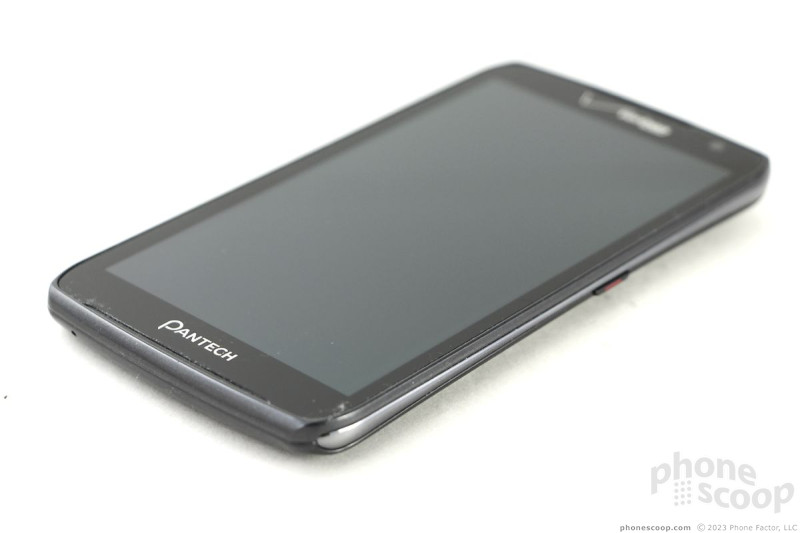





















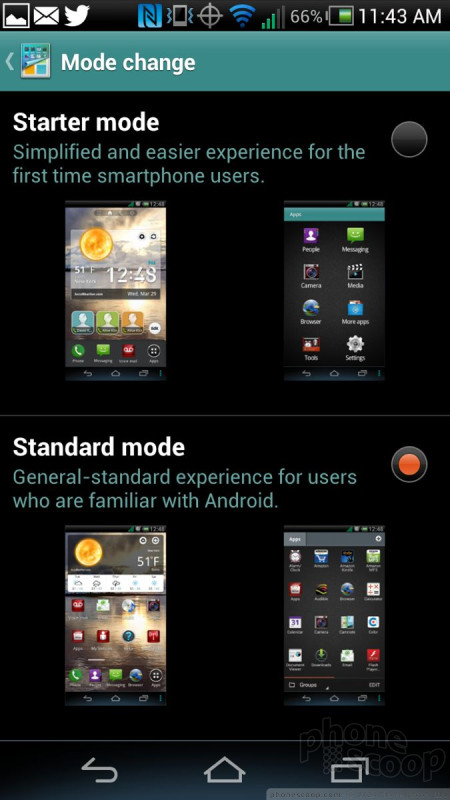




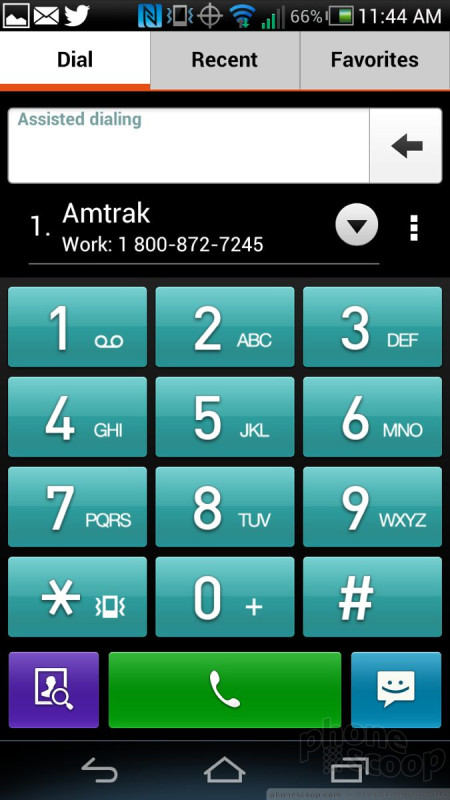




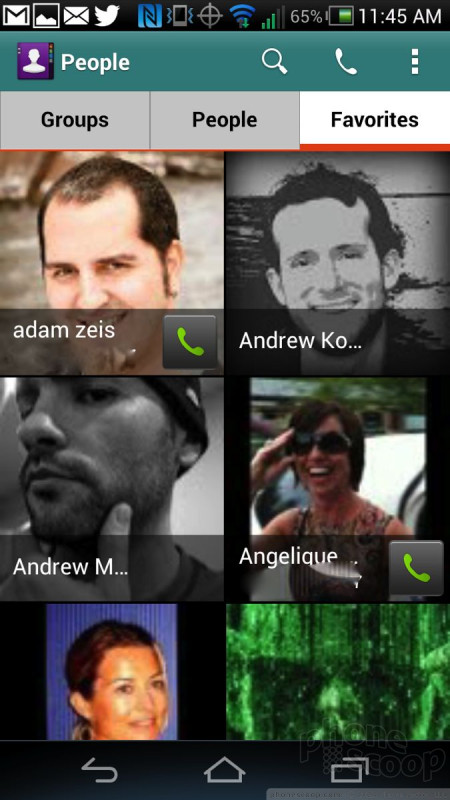






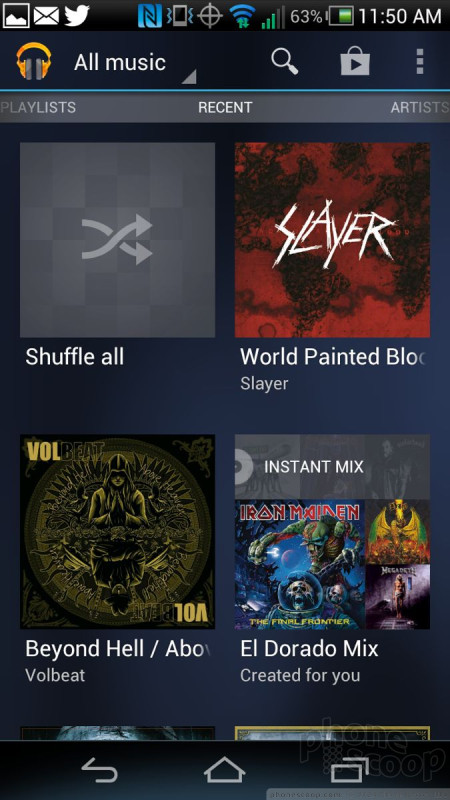



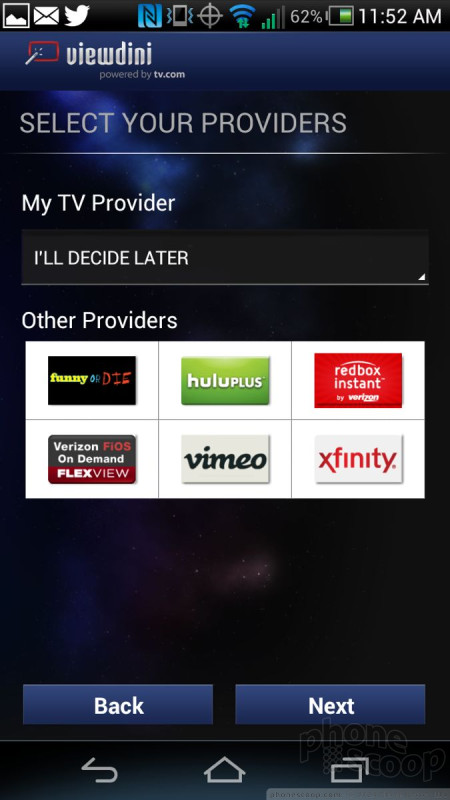




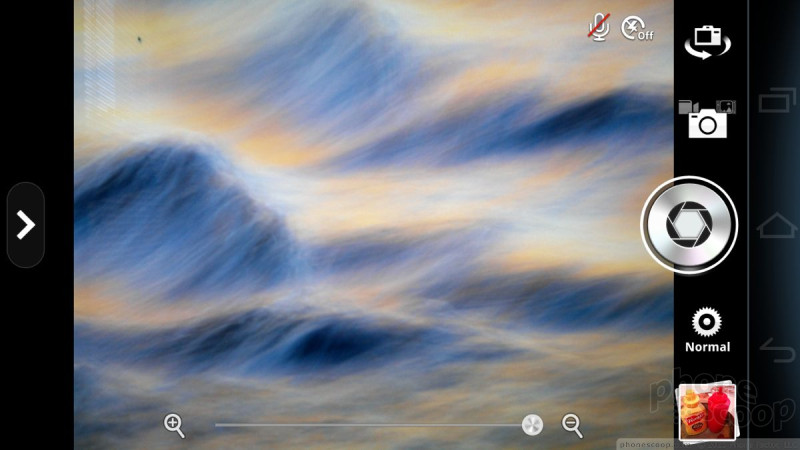























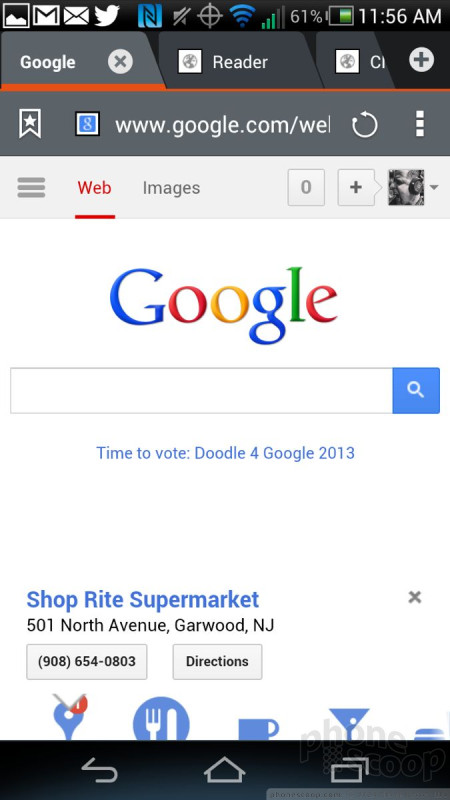




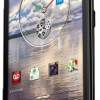 Pantech Perception for Verizon Arrives April 25
Pantech Perception for Verizon Arrives April 25
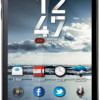 FCC Outs Pantech Perception for Verizon Wireless
FCC Outs Pantech Perception for Verizon Wireless
 Samsung Refreshes Galaxy S Series with S Pen, New Cameras
Samsung Refreshes Galaxy S Series with S Pen, New Cameras
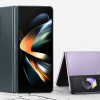 Samsung Refines its Foldable Phones
Samsung Refines its Foldable Phones
 iPhone 14 Plus Offers a Big Screen For Less
iPhone 14 Plus Offers a Big Screen For Less
 Pantech Perception
Pantech Perception




